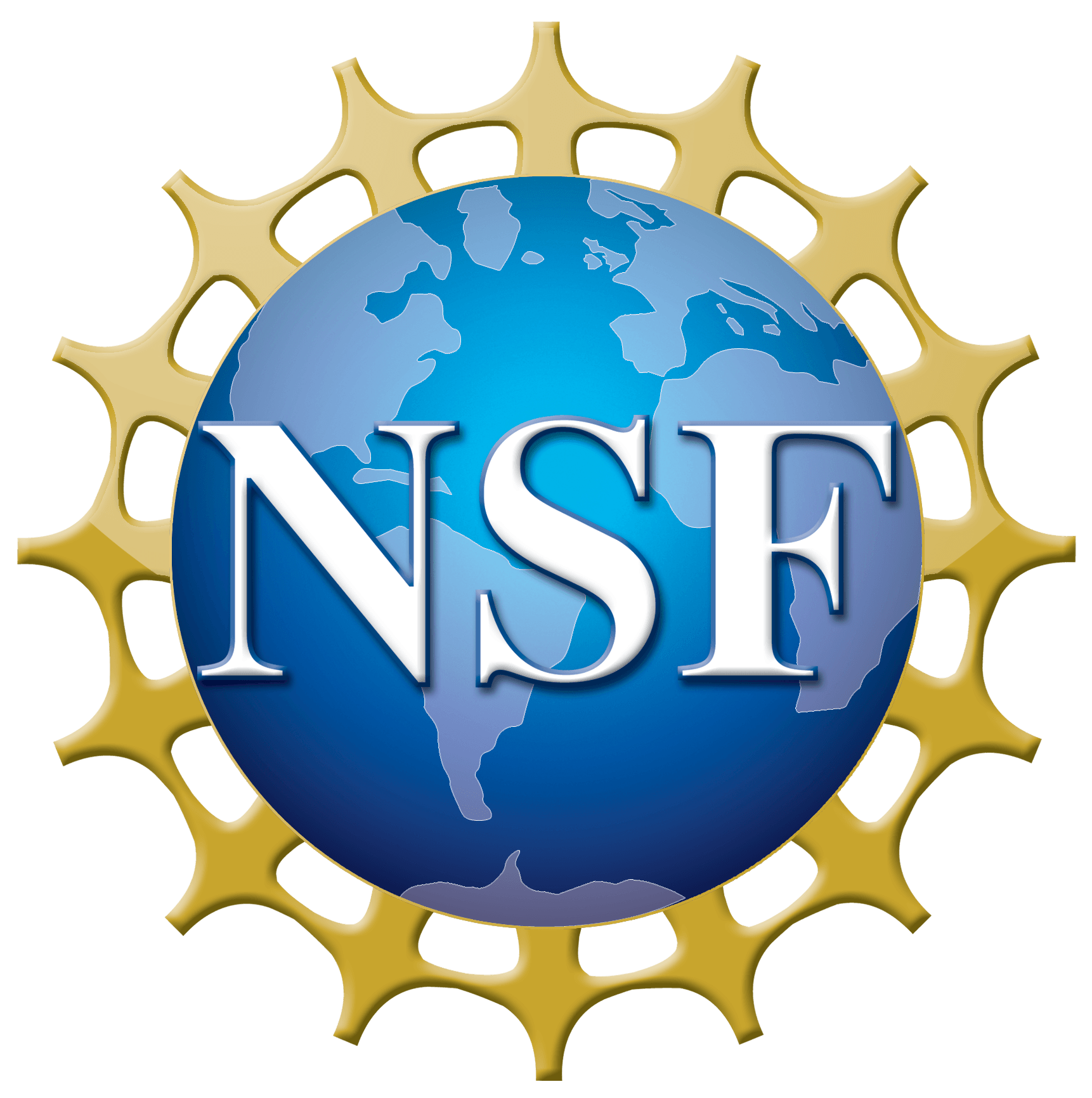The U.S. National Science Foundation National Radio Astronomy Observatory (NSF NRAO) and the Texas Tech University System (TTU System)…

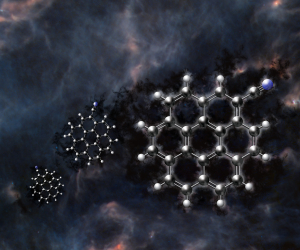
Cosmic Chemistry Breakthrough: Largest Aromatic Molecule Found in Deep Space
A team of chemists and astronomers have made a groundbreaking discovery in the field of astrochemistry: the identification of…
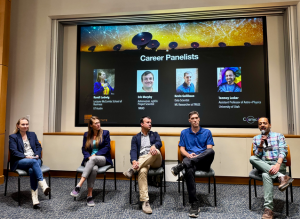
Inaugural Cosmic Horizons Conference Unites Astronomers and AI Experts
This news was originally shared by the NSF-Simons AI Institute for Cosmic Origins. Read the full story here. In…
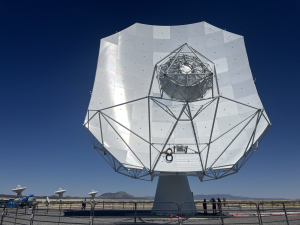
Charting the Cosmos Together: NRAO and Johns Hopkins University Launch ngVLA Partnership
The U.S. National Science Foundation National Radio Astronomy Observatory (NSF NRAO) and Johns Hopkins University (JHU) are thrilled to…
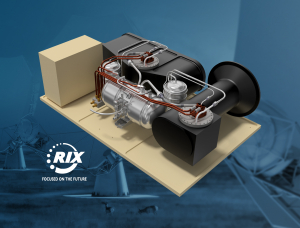
NSF National Radio Astronomy Observatory Collaborates with RIX Industries to Advance Cryogenic Cooling Technology for the Next Generation Very Large Array
The U.S. National Science Foundation National Radio Astronomy Observatory (NSF NRAO) is excited to announce a collaboration with RIX Industries to explore innovative cryogenic cooling solutions for the Next Generation Very Large Array (ngVLA)
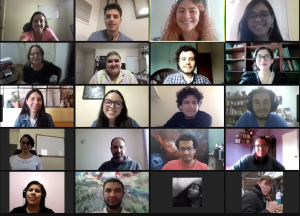
Lighting the Way: Cenca Bridge Wins Simons Foundation Funding for Expanding Astronomy Opportunities
Cenca Bridge, an internationally recognized nonprofit organization dedicated to fostering scientific research and education among marginalized students in Central…




